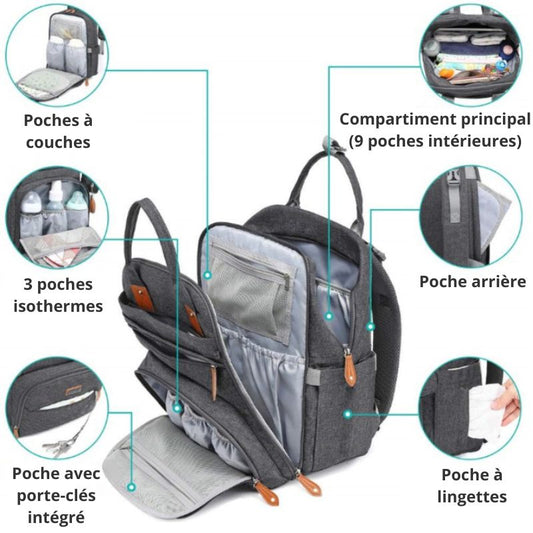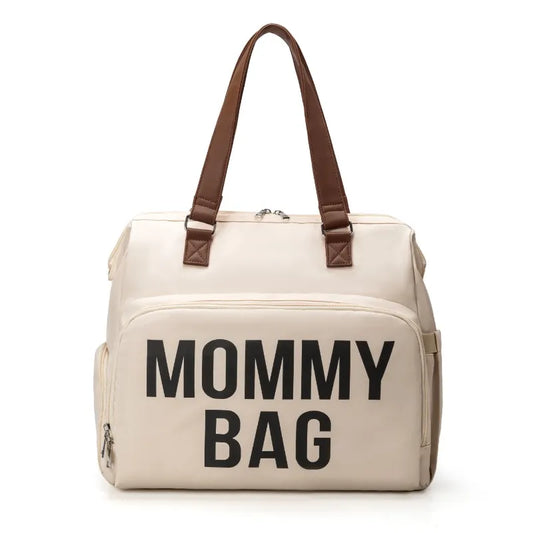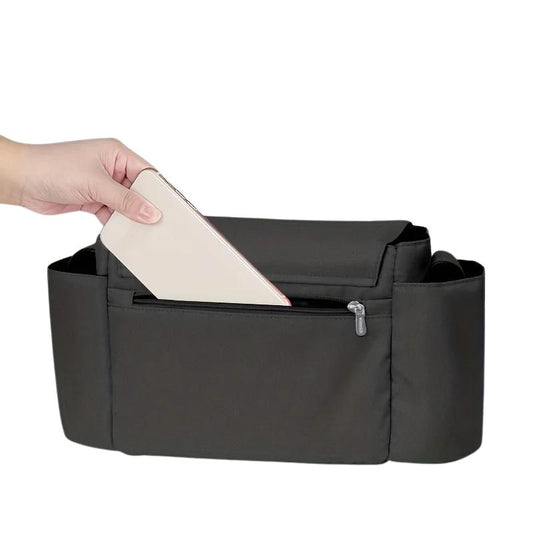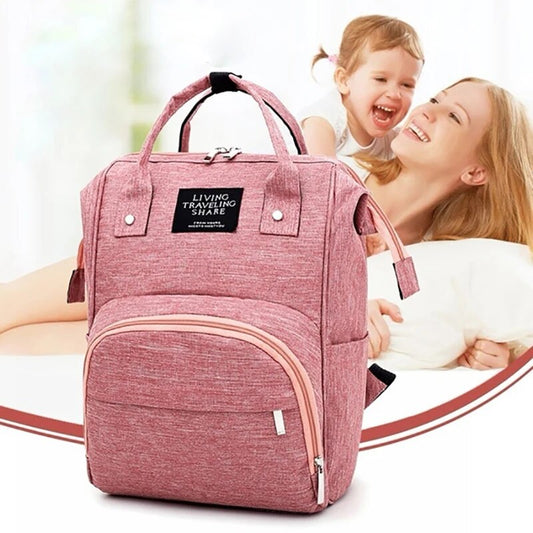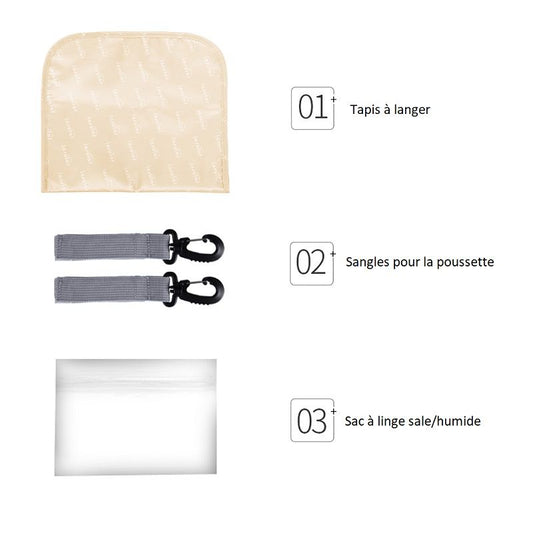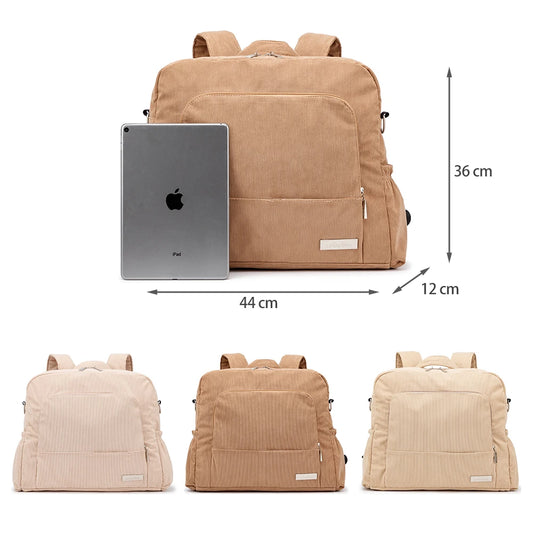Sudden Infant Death Syndrome (SIDS) is a common cause of death in infants during their first year of life. Despite progress made by the “Back to Sleep” campaign launched in the mid-1990s, thousands of babies still die from SIDS each year. Fortunately, there are many steps parents can take to prevent these unthinkable tragedies.
Discover our Baby Cushions collection.
Tips to Reduce the Risk of SIDS
1. Put your baby on his or her back to sleep
Always place your baby on their back for naps or bedtime; never let a newborn sleep on their side or stomach. Around four months of age (or even earlier), your baby may start rolling over on their own, which means you can no longer control their sleeping position. Parents often wonder whether they should reposition a sleeping baby after they roll over onto their stomach, but constantly repositioning a baby throughout the night is impractical. Fortunately, the risk of SIDS already decreases when a baby starts rolling over.
2. Tummy time
Practicing “tummy time” from the first day of life will help improve your baby’s strength and rolling abilities. Throughout the day (five minutes here, ten minutes there), try to dedicate a full hour to “tummy time” while your baby is awake.
3. Avoid sleeping with your baby
For cultural, breastfeeding, and bonding reasons, some parents prefer to sleep in the same bed as their infants, which is understandable; but the scientific evidence clearly shows that co-sleeping increases the risk of SIDS. In fact, besides sleeping on your stomach, co-sleeping is the single most important risk factor for SIDS.
4. Avoid the use of side beds and other devices
Side sleepers are marketed as safe sleep spaces for infants, but there is no safety data to support their use. Similarly, devices such as car seats (especially when unbuckled), strollers, and swings are not ideal places for babies to sleep because changes in head position can lead to airway obstruction.
5. Danger of armchairs and sofas
Falling asleep while holding a baby on a sofa or armchair is a particularly dangerous situation. Babies can fall and be seriously injured.
6. Room sharing: a controversial topic
Currently, the American Academy of Pediatrics (AAP) recommends room-sharing (meaning that the baby sleeps in a crib or bed in the parents' room) until the baby is one year old. Many pediatricians, myself included, think this recommendation is excessive. Babies are noisy, and getting a baby in their own room early is one of the most important things a family can do to get a good night's sleep. The ideal time for this transition is around four months, when the risk of SIDS begins to decrease.
7. Using the pacifier
Don't hesitate to use pacifiers—they reduce the risk of SIDS.
8. Avoid dangerous accessories in the crib
Do not use crib bumpers as they can suffocate a baby. Also, avoid soft blankets, pillows, stuffed animals, etc.
9. Avoid overheating
Avoid overheating your baby. Keep the baby's room around 22 degrees Celsius and dress him comfortably.
10. Do not smoke and avoid alcohol
Do not smoke and avoid alcohol, especially if you are breastfeeding.
Breastfeeding is highly recommended for its many health benefits.
For more information on preventing sudden infant death syndrome, visit the Santé Publique France website.
















